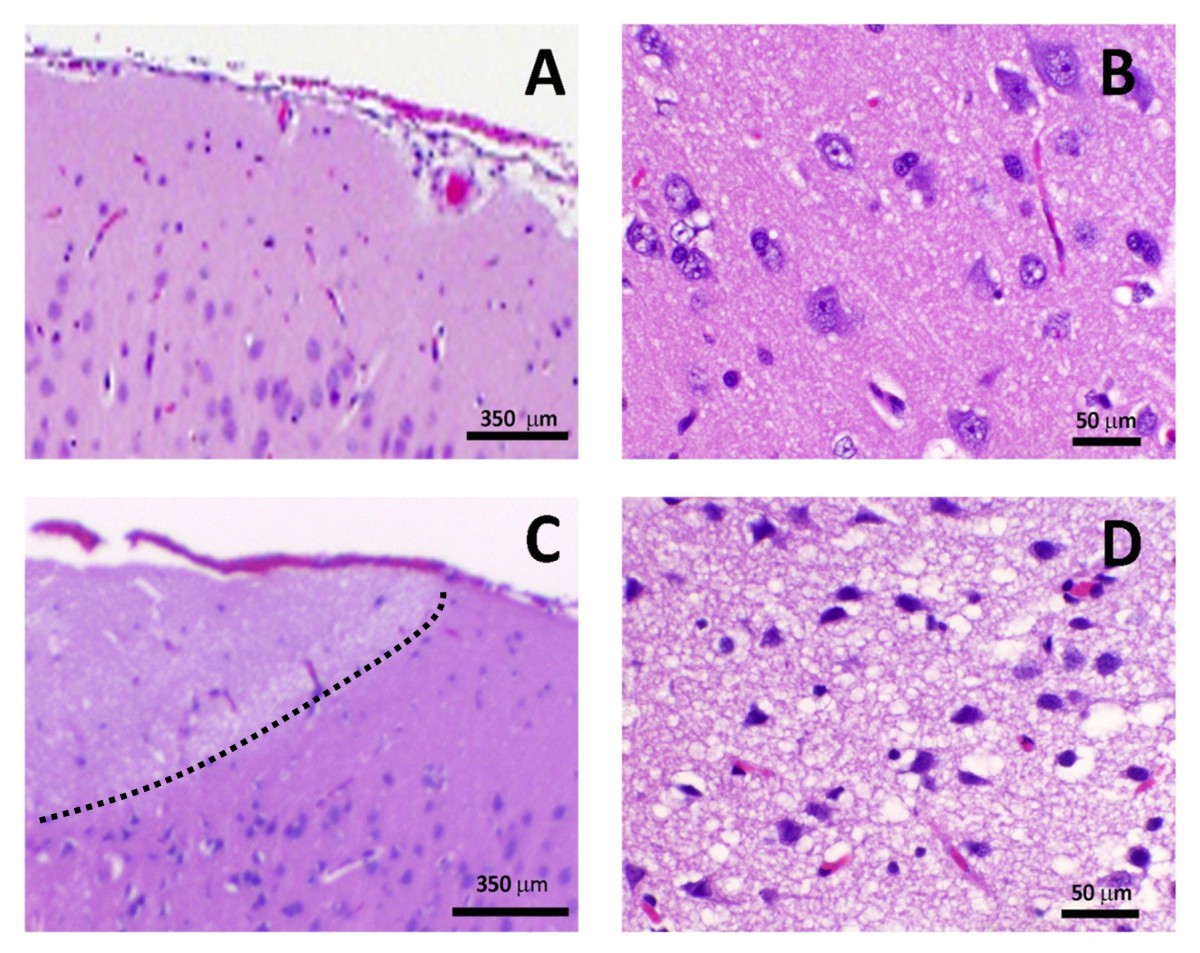New research at Virginia Tech’s Fralin Biomedical Research Institute has revealed that sub-ablative electric pulse therapy can prepare a cancer tumor for the immune system to take care of it.
This light-intensity treatment has never been significantly taken into consideration before, as it was overshadowed by high-intensity treatment that is commonly used to destroy tumors.
In the past, High-Frequency Irreversible Electroporation (H-FIRE) had been deployed to completely eradicate tumors through electrical disruption of the cancer cell membranes. Although this was mainly effective in cytotoxicity, the treatment did not eradicate all tumor regions (especially peripheral regions), which led to neoplastic activity in the body.
Powered by Low-Power Electric Pulses
However, when H-FIRE was used in a sub-ablative form, a different physiological response was discovered. Instead of attempting to eliminate the tumor, the sub-ablative H-FIRE initiates rapid redevelopment in the cancer tumor’s environment.
In one recent controlled study of breast cancer, scientists discovered that blood vessels increased rapidly after 24 hours of treatment. By day three, there was also a similar rise in lymphatic vessels. This study found that the cancer tumor adapts its support system to deal with these changes, which help the body monitor and send immune cells to the area. Soon after, the tumor deteriorated.
By increasing perfusion and lymphatic drainage routes, this change in the tumor’s environment may enable more effective deployment of cytotoxic T cells to the area, among other immune factors.

“Sub-ablative H-FIRE doesn’t eliminate the tumor outright, but it appears to change the rules of engagement. We’re seeing signals that may direct immune cells more effectively to the tumor site through lymphatic pathways.” Dr. Jennifer Munson, director of the Fralin Biomedical Research Institute Cancer Research Center
Combat with Cancer
The study has clarified a relatively new area of therapy through electroporation. Through the examination of tumor sites and nearby lymph nodes, this research has shown light on a path by which sub-ablative pulse protocols could enhance immune response. The outcomes show significant implications for possible integrative cancer therapy strategies.
There appears to be a link between changes in blood vessel structure and certain cancer treatments like checkpoint inhibitors. This new field gives valuable research opportunities that may potentially result in new cancer treatment methods.
This study has gotten the recognition of many national institutes for health, including the National Cancer Institute, the National Center for Advancing Translational Sciences, and the National Institute of Biomedical Imaging and Bioengineering.
Scientists note that upcoming research objectives will focus on graphing the immune responses activated by the vascular remodeling, and decide if the light H-FIRE therapy can be used in conjunction with existing therapies.

Conclusion
Sub-ablative H-FIRE therapy may not be an absolute cure for cancer, but it helps set up the tumor environment for therapies. This shift in focus may be an important improvement in how well the immune system can fight cancer. The treatment offers a promising future of cancer treatment development.
RELATED STORIES:
https://www.sciencedaily.com/releases/2024/07/240725154654.htm
https://interestingengineering.com/health/low-power-electric-pulses-to-cancer-killer
TAKE ACTION:
Donate to the Cancer Research Institute:
https://www.cancerresearch.org/ways-to-give
Work at the National Cancer Institute to research cancer:
https://www.cancer.gov/research/nci-role/cancer-research-workforce




